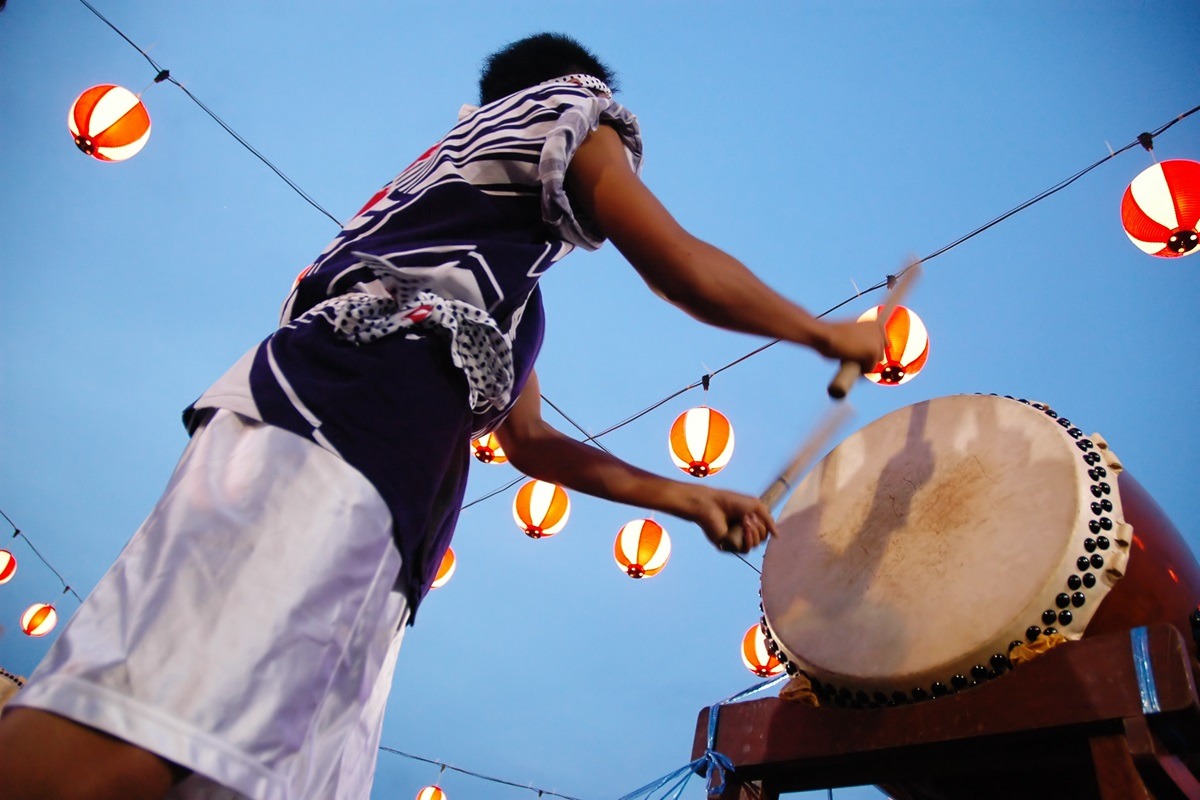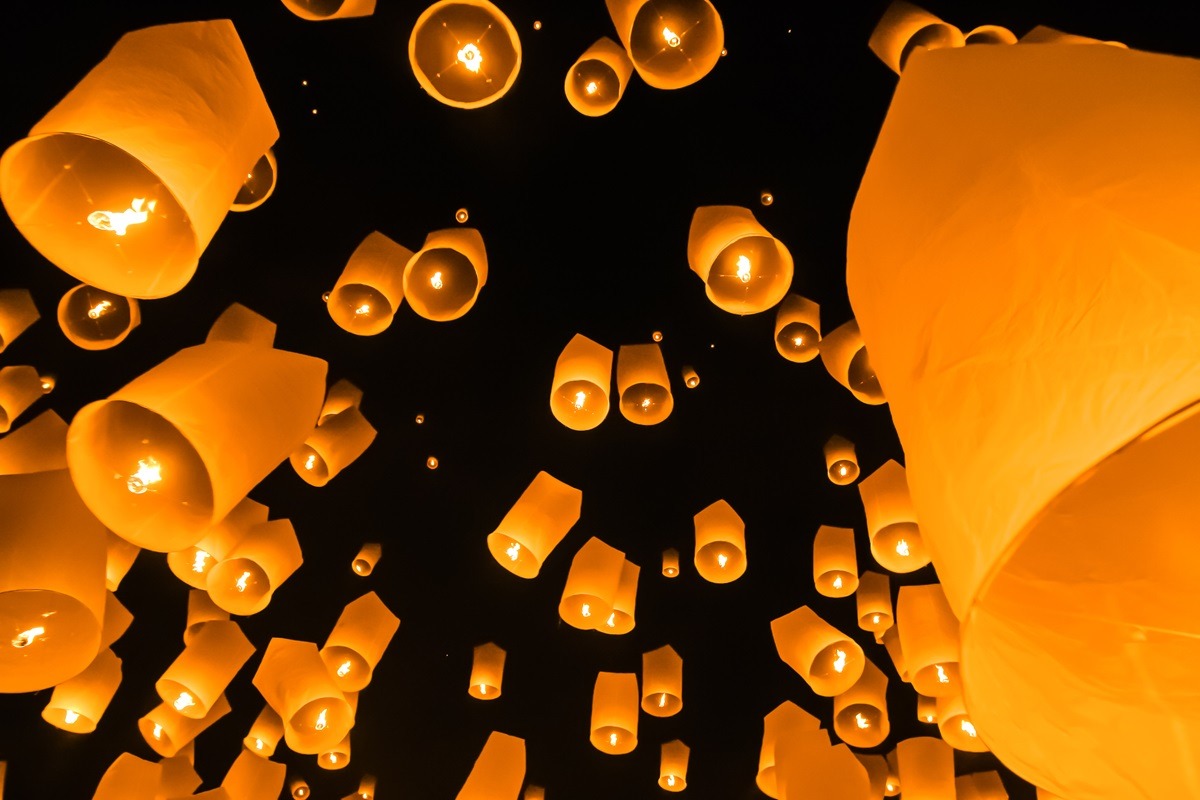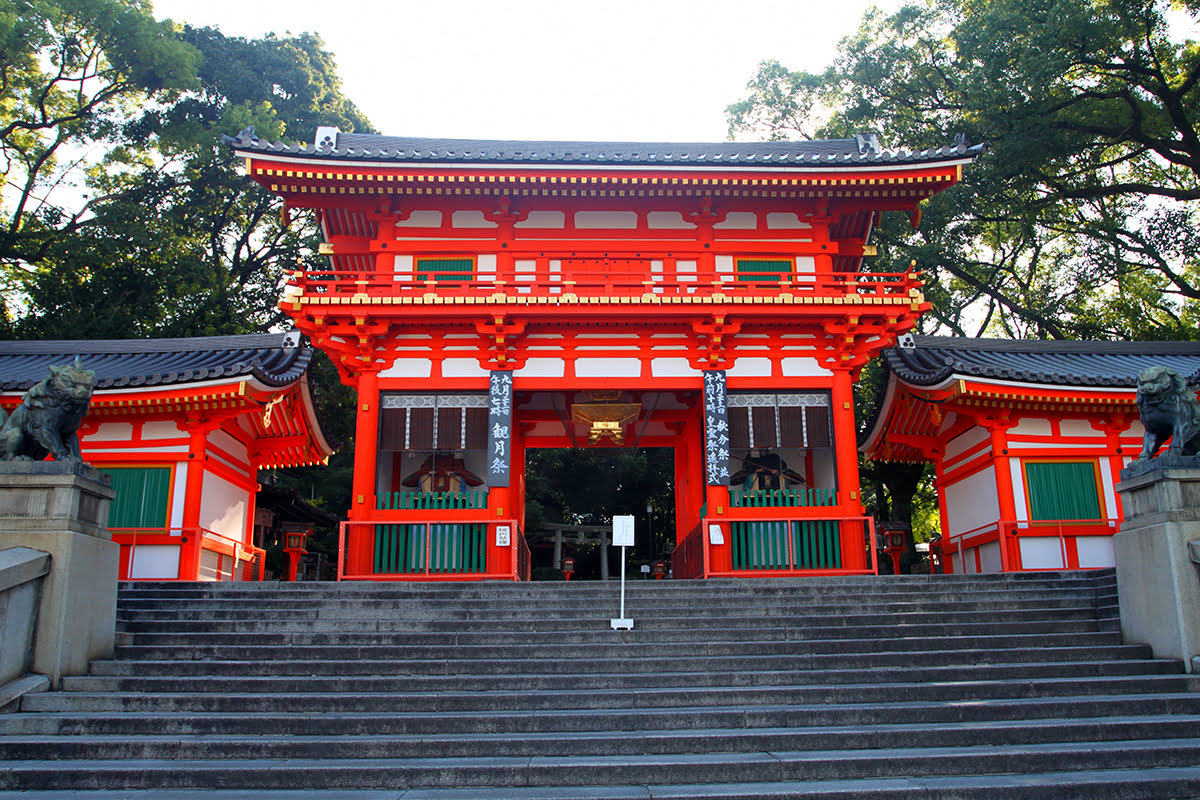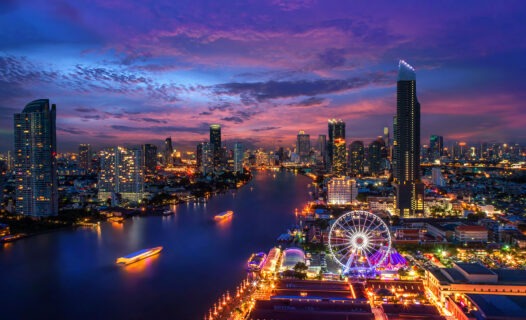Japan, a land of ancient traditions and vibrant modernity, celebrates the Obon Festival every summer. Known as the Festival of Lights, Obon is more than just a holiday; it’s a deeply spiritual occasion that brings families together to honor their ancestors. This guide will take you through the heart of Obon, offering insights into its history, customs, and where you can experience its magic first-hand.
What is Obon?
Obon, also known as Bon, is a traditional Buddhist festival held in Japan to honor the spirits of one’s ancestors. This event, which usually takes place in mid-August, is marked by family reunions, traditional dances, and the lighting of lanterns to guide the spirits of the deceased back to the other world. The festival has been celebrated for more than 500 years and is a significant cultural event in Japan.
History and Significance of Obon
The Obon Festival has its roots in the story of Mokuren, a disciple of Buddha, who saw his deceased mother suffering in the realm of hungry ghosts. Distressed, Mokuren asked Buddha how he could relieve her suffering. Buddha advised him to make offerings to Buddhist monks returning from their summer retreat. Upon doing so, Mokuren saw his mother’s spirit freed. He danced with joy, which is said to be the origin of the Bon Odori dance performed during Obon.
Over time, Obon has evolved into a significant event hosted in various regions across Japan, each with its unique customs and traditions. It’s a period when the spirits of ancestors are believed to return to the world of the living. Families gather to pay respects, clean gravesites, and participate in regional Obon festivities.
Main Customs and Traditions of Obon
Obon is rich with traditions that provide a glimpse into the cultural fabric of Japan. Some of the key customs include:
- Bon Odori Dance: People gather in public spaces, parks, and temples to perform the Bon Odori dance, a joyous and rhythmic dance meant to welcome and entertain the spirits of the deceased.
- Lantern Lighting: Lanterns are lit at gravesites, temples, and homes to guide the spirits of the deceased back to the other world. In some places, floating lanterns are released on rivers or the sea.
- Family Reunions: Obon is a time for families to come together, clean their ancestors’ graves, and offer food and incense.
Best Places to Celebrate Obon in Japan
While Obon is celebrated across Japan, some locations offer particularly vibrant and memorable festivities.
1. Kyoto
Kyoto’s Gozan no Okuribi, also known as Daimonji, is one of Japan’s most famous Obon events. On the final day of Obon, five giant bonfires are lit on the mountains surrounding Kyoto, creating a breathtaking spectacle. Each fire represents a different kanji character or symbol, serving as beacons to guide the spirits back to the spirit world.
2. Tokyo
Tokyo hosts several Obon events, with the Asakusa Bon Odori being one of the most popular. Held in the historic Asakusa district, this festival features traditional dance performances, music, and a lively atmosphere. Visitors can join in the dancing or simply enjoy the festive ambiance. Additionally, the Zojoji Temple in Tokyo holds a lovely lantern festival.
3. Tokushima
The Awa Odori in Tokushima is not strictly an Obon event, but it coincides with the Obon period and is one of Japan’s largest dance festivals. Participants and spectators flock to Tokushima to witness and engage in traditional dance performances that light up the streets with color and music for several days.
4. Nagasaki
Nagasaki celebrates Obon with the Shoro Nagashi, or Spirit Boat Procession. Families construct elaborately decorated boats, which are then paraded through the city streets to the sound of gongs and fireworks, before being set afloat on nearby waters to send off the spirits of the deceased.
5. Okinawa
In Okinawa, Obon is celebrated with Eisa Dancing, a traditional form of dance native to the region. The rhythmic drumming and energetic performances are a sight to behold. The event is particularly vibrant in cities like Naha and is a unique experience compared to mainland Obon celebrations.
Detailed Day-by-Day Itinerary for Celebrating Obon
Day 1: Arrival and Preparation
Arrive in Japan a day before Obon begins to settle in and prepare for the festivities. Check into your hotel, explore the local area, and perhaps visit a local market to see preparations underway. If you’re in Kyoto, visit a temple or shrine to get a feel for the cultural heritage.
Day 2: Participating in Local Customs
On the first official day of Obon, participate in a welcoming ceremony. Many temples and community centers host activities for locals and tourists. You can join in cleaning ancestors’ graves and placing lanterns. In the evening, attend a local Bon Odori dance.
Day 3: Bon Odori and Fireworks
Visit a nearby park or temple to watch or participate in Bon Odori dances. Enjoy street food from the various stalls set up for the event. Look out for any local firework displays that are often part of the celebrations on this day.
Day 4: Cultural Immersion
Take part in a traditional tea ceremony or kimono-wearing experience. Some areas offer workshops on making traditional Obon decorations, such as paper lanterns. Visit local museums to learn more about the cultural significance of Obon.
Day 5: Spirit Boat Procession and Lantern Floating
If you’re in Nagasaki or another coastal city, witness or join the Spirit Boat Procession. Alternatively, take part in a lantern floating ceremony, which is often held on the final evening of Obon. This serene activity involves releasing lanterns onto waterways to guide spirits back to the other world.
Experiencing the Obon Festival in Japan is a unique opportunity to immerse yourself in the country’s rich cultural and spiritual traditions. From the captivating Bon Odori dances to the serene lantern lighting ceremonies, Obon offers a blend of joy, reflection, and reverence. Whether you’re exploring the bustling streets of Tokyo during Asakusa Bon Odori, witnessing the enchanting Gozan no Okuribi in Kyoto, or participating in the vibrant Awa Odori in Tokushima, Obon promises memories that will stay with you long after the festival ends.
Remember to plan ahead and respect the local customs to fully appreciate the depth of this beautiful tradition. With the right preparation, your journey into the heart of Obon will be both enlightening and unforgettable. Enjoy the festival, honor the ancestors, and take part in one of Japan’s most cherished cultural events.























